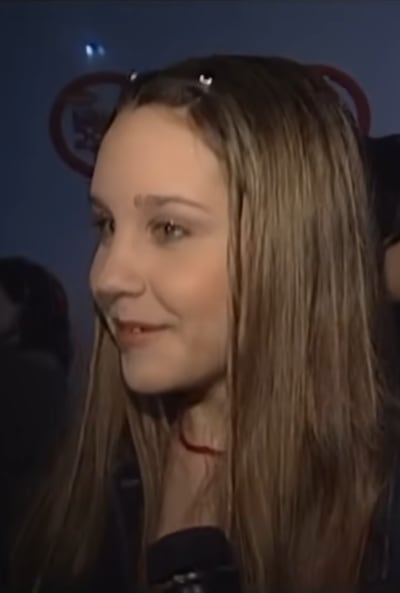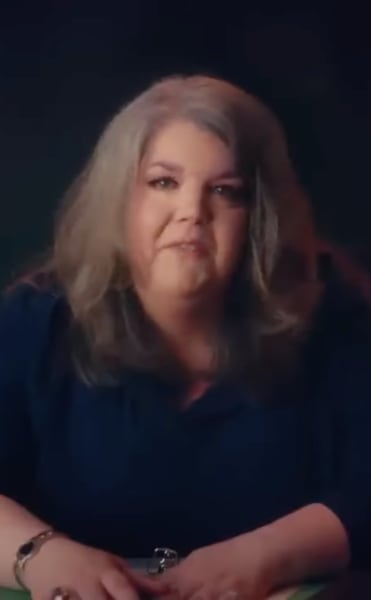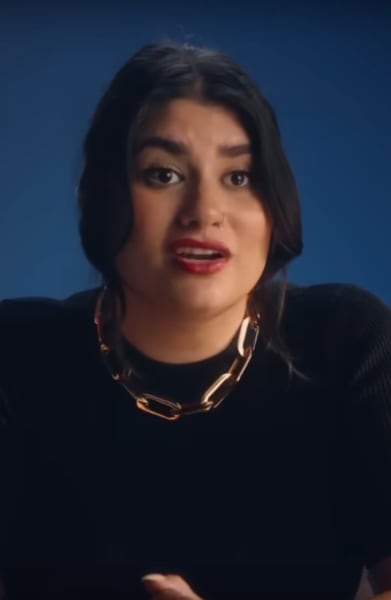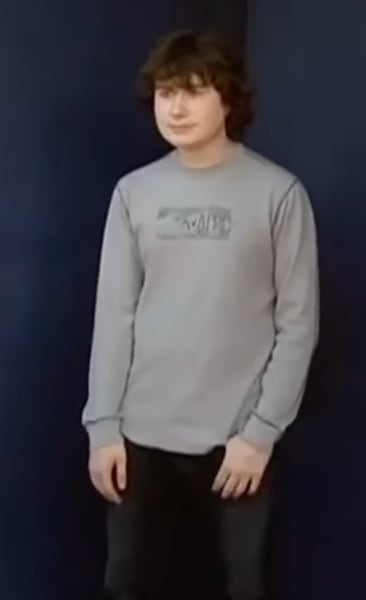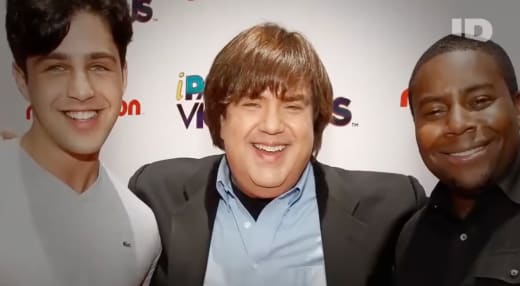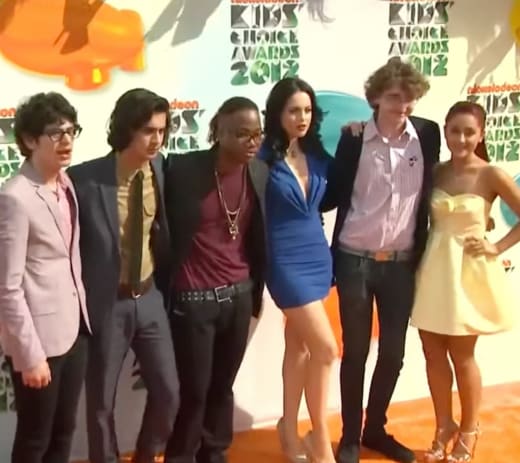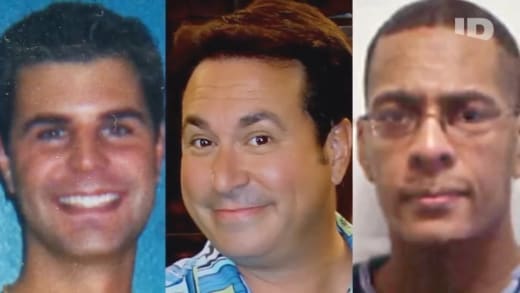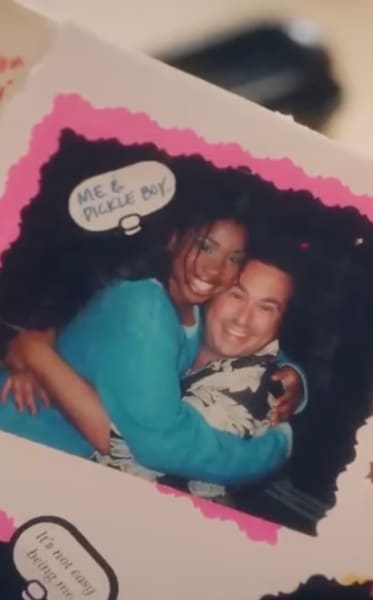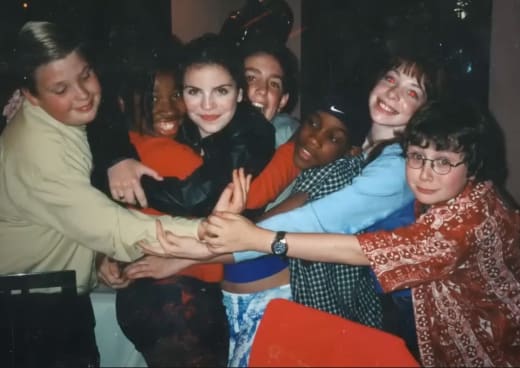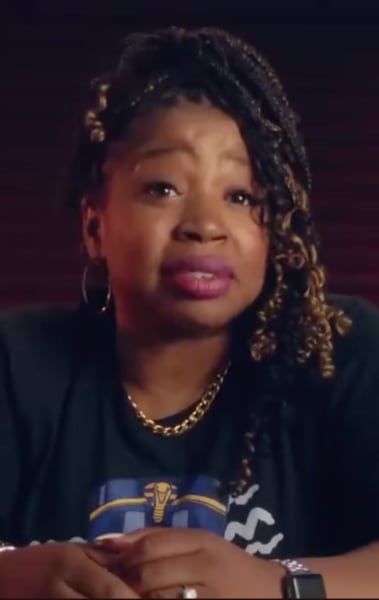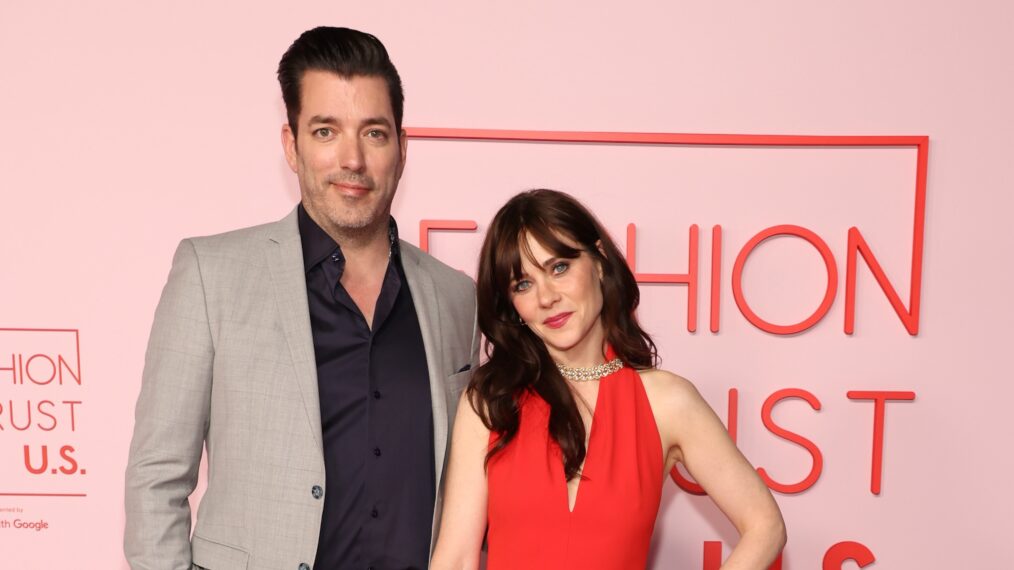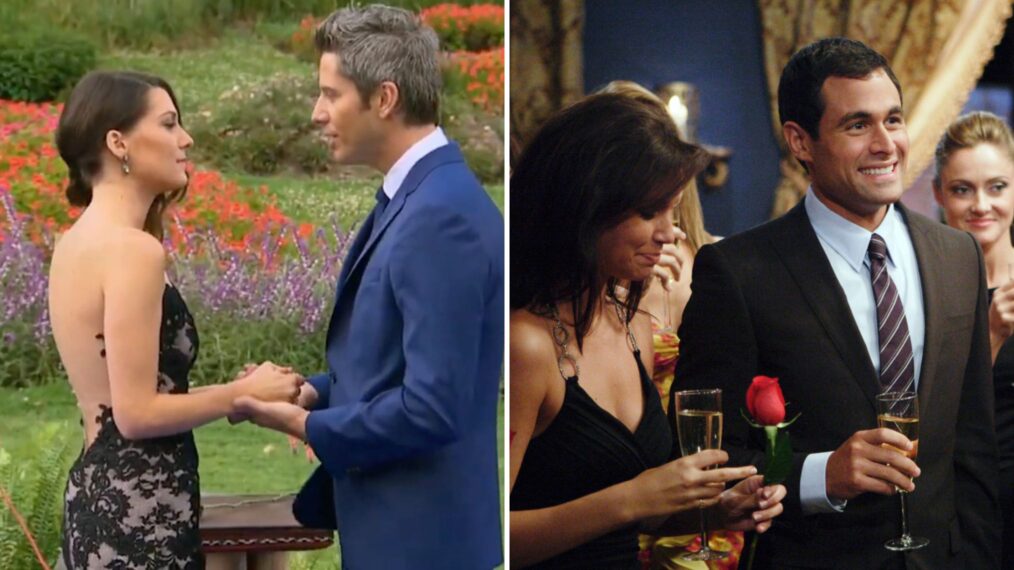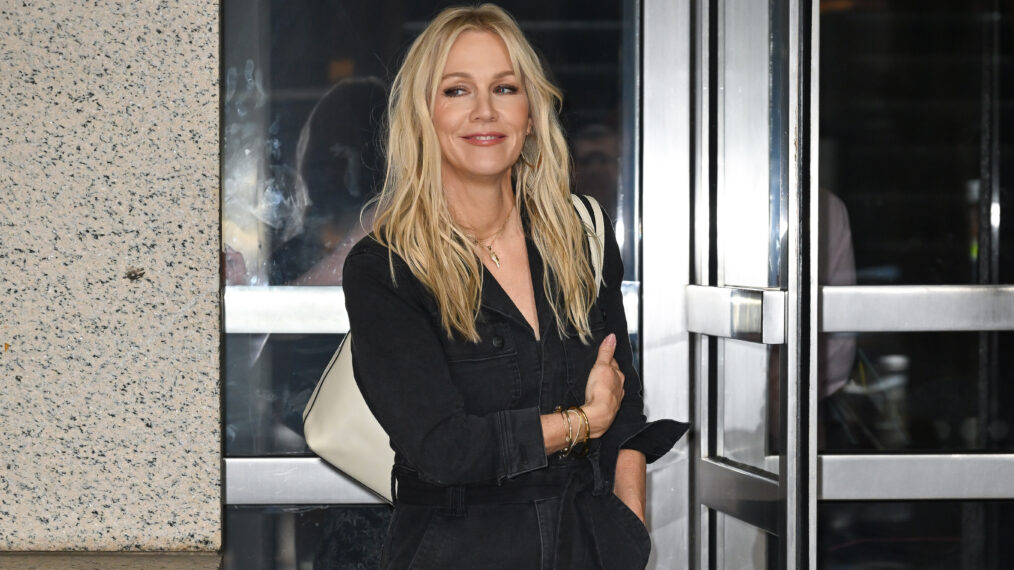Quiet on the Set: The Dark Side of TV is Difficult to Watch, Making it Imperative TO Watch
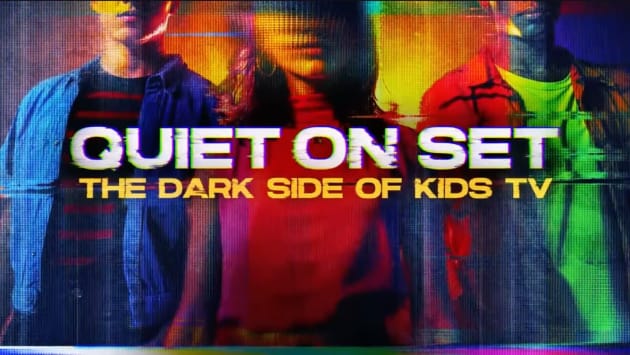
Quiet on the Set: The Dark Side of Kids TV kicked off with a bang, taking everything you knew about the beloved children’s network and crushing it to bits.
The Discovery premiere, which can now be seen in its entirety on Max, is a shocking and scurrilous look at arguably the most beloved children’s network for decades: Nickelodeon.
Nickelodeon began the careers of many actors, including Ariana Grande, Josh Peck, Keenan Thompson, Keke Palmer, Melissa Joan Hart, Zendaya, Nick Cannon, and Ryan Reynolds, among many others.
Quite on the Set doesn’t suggest that all Nickelodeon shows are at issue, as it ties the corruption to a writer and producer named Dan Schneider, who created The Amanda Show with Amanda Bynes, elevating her to a household name.
When you look at Amanda Bynes now, it’s hard not to imagine that had someone saved her from Schneider’s mechanizations, she’d be a less troubled young woman today.
Schneider, a heavy-set man whose career began with roles as the fat kid, became the producer de jour, first with a late-night show called All Set, and catapulted he and Bynes to superstardom with The Amanda Show.
However, producers and shows do not live in a vacuum, and to suggest that nobody at Nickelodeon knew what was happening on Schneider’s productions seems disingenuous, at best.
The story doesn’t start with the kids. It begins with Schneider, his writers’ room, and the content that made it to air.
Nickelodeon and misogyny don’t seem synonymous. Yet at Nickelodeon, during the late nineties and early aughts, they certainly were.
Quiet on the Set pulls back the cover on seemingly harmless things to reveal how children were being sexualized and traumatized by what became staple segments across the Nickelodeon universe.
When you pull back the cover on the frequent goo shots to the face that occurred pretty much daily on some of those shows, what you have is a traditional cum shot. For kids.
You won’t be able to unsee that.
In one disturbing scene, a young Ariana Granda rolled around on a bed, pouring water on herself while screaming and moaning.
A foot fetish is a very particular type of sexual play that revolves around the foot. All That leaned heavily on foot shots in multiple segments, from kids licking feet to adults rubbing children’s feet and vice versa.
Scenes like these were played for laughs, and kids at the time didn’t know enough to question what was happening. It’s hard to imagine whether having the internet to look up such things would have made things better or worse. Alas, access to the internet at that time was nothing like it is now.
It wasn’t only happening with or to the kids, either. When The Amanda Show premiered, you might think they’d work hard to ensure women behind the scenes were supporting Amanda and writing stories that advocated for the young comedic actress to sour.
But the female writers on The Amanda Show, Jenny Killeen and Christy Stratton, were known as “the girls†and actually shared one writer’s salary.
Yet when things moved beyond the more subtle goo and foot shots, which, let’s face it, the network would have gone to great lengths to explain was nothing more than kid-suitable fun, they had little to no effect in toning things down.
When the character Penelope Taint was created, Schneider wanted the writers to “keep it a secret†that the definition of “taint†was not referencing someone who has been tainted but a very specific and well-known sexual part of a male’s body.
“It was clear that there was a permissibility around these sexualized jokes with children,†said culture writer Scaachi Koul, after noting how abnormal it was to see Amanda as Penelope Taint in a twin bed praying angrily.
“It was par for the course,†said Stratton.
Writer Jenny Kilgen recalls Schneider sending messages around the office making little demands like “Scream ‘hammers’!â€
And they’d do it, and then it would come around to Scream Slut!, and when it wasn’t done with as much excitement as screaming hammers, he’d send more demanding messages until they did it.
Schneider’s oddities weren’t just for the kids.
When asked, Stratton ate two pints of ice cream for $30 because, with half a salary, she needed the money, and she thought it was a goofy, fun thing to do. When he never paid the bet, and she called him out on it later, she recalls being scared that the fun had become a darker endeavor.
Kilgen also recalled how often Schneider asked for a massage, sometimes with a quid pro quo request like If you give me a massage, I’ll put one of your sketches in the show.
Schneider got away with this in part because this was Kilgen’s first job, and she didn’t know if this was just the way writers’ rooms worked. She did feel that if she stood up for herself, she would get fired.
The first episode of Quiet on the Set is filled with these stories, and as they lived them, they were one-off, if still happening regularly. Seeing it all laid out in under 60 minutes is nauseating enough, but it’s worse when you realize they were writing television for kids.
The pattern of abuse is frightening, and it says a lot about the state of our entertainment and our corporate world in general.
Working with Dan Schneider looks like an emotional roller coaster. There were bursts of fun and friendliness one moment and desperation and fear the next.
The premiere episode focuses almost entirely on women on screen and behind the scenes. Schneider’s treatment of women was abysmal (a claim he denies, of course), but what he managed to get on screen proves that what happened behind the scenes is more than likely true.
Keep in mind that this was Dan Schneider’s first show. He went on to create Drake & Josh, Zoey 101, and iCarly, among others.
The second episode dives even deeper into the miserable mayhem that Schneider wrought on unsuspecting people hoping to live their dreams in entertainment.
Dan got a kick out of walking a line with kids on set, and that included skirting child labor laws, pushing them to do grueling physical work, and carrying on like adults in skits that emulate Schneider’s own backstage antics and programming him on screen as a god.
Koul brings up a good point. “The person at the top sets up the tone for the entire production. If you run a show dealing overwhelmingly with children, then you are responsible for creating an environment where those kids feel beyond comfortable to tell you that they’re not comfortable.
“It needs to be so safe that your most vulnerable person on set needs to be able to say you, the most powerful person there, ‘I don’t want to do this.’â€
That was not the case with Schneider’s productions.
Actor Bryan Hearne recalls being traumatized by the On Air Dare segments. They’re a children’s version of Fear Factor.
In one segment, Hearne was covered in peanut butter before dogs were let loose to lick it off of him. “That sounds like some kind of awkward fantasy from some freaky dude,†Hearne said. “I was uncomfortable. I didn’t like that.â€
Hearne’s mother recalls how the production worked to make parents feel as if these activities were normal and nothing to be alarmed about.
Transmogrifying adult entertainment to kids subjects kids to things they shouldn’t be subjected to. However, Schneider’s success gave him even more confidence to create an unhealthy environment for the shows he produced.
A woman in the editor’s bay worked 16-hour days to the point that she was hospitalized and eventually left when a job promised to her went to a young male with no experience.
Nickelodeon’s comments, when asked, are rote, touting their policies and claiming ignorance about much of this, pointing to safeguards they have in place to blah blah blah.
In this world of streaming, we have often wondered when traditional cable networks might slip away, and if any of what this docuseries portrays continues, this could be devastating for the network, but it is worth noting Schneider no longer works at the network. After claims of abuse by his staff, ties were severed.
Parents are careful with what their kids watch, and knowing what happened to these kids behind the scenes and the adult-inspired sketches that made it on screen could be a death knell.
Could is the operative word. We’ve seen much worse revealed about entities and individuals, but they’re never forced to pay the piper.
Child predator Jason Michael Handy worked on The Amanda Show, sharing a nude photo of himself masturbating with a young girl named Brandi. He was one of the adults in charge who were left with the kids when their parents weren’t present.
What they found in Handy’s house in April 2003 was devastating for any children who were unlucky enough to be in his presence, from plastic bags with trophies to a journal detailing his activities.
If you’ve been watching the news lately, you know that isn’t the only professed pedophile working amongst Nickelodeon kids.
Brian Peck played Pickle Guy in another attempt to “pull a fast one and get away with it,†Kyle Sullivan said of the overtly sexual nature of some of the skits.
Giovonnnie Samuels said, “We were there for so many hours, we get comfortable with people. Until you’re not.â€
When he hosted a party for the show at his home, Peck revealed a self-portrait of John Wayne Gary with a personal inscription. The man had forged a relationship with the serial killer, even keeping letters from Gary in his bedside table. Sullivan wanted to give him the benefit of the doubt, but it wasn’t that easy.
Peck had just been arrested for charges of child sexual abuse when some “friends†came to the show to talk about it after ushering the parents out of the room.
The first two episodes go to great lengths to set the stage for abnormal and concerning behavior and a not-so-child-friendly atmosphere to lead up to the main event, which will air tonight.
Peck’s charges were quite lewd, and when filming the docuseries, nobody involved knew the child actor involved with them was Drake Bell.
Bell emerges from the darkness to take a chair before the credits roll.
Tonight, Bell will discuss his abuse and how it effectively changed him, turning him from a regular kid to a monster in his own right (Proven with multiple convictions of child endangerment and predatorial behavior with kids).
That couldn’t have been an easy conversation to have, but it will be compelling viewing.
Will you be tuning in for the second half of this gripping look at Nickelodeon’s troubled history? How does what you’ve seen so far affect how you feel about programming that got you through your childhood?
Here’s a sneak peek at what’s airing tonight on ID at 9/8c.
Carissa Pavlica is the managing editor and a staff writer and critic for TV Fanatic. She’s a member of the Critic’s Choice Association, enjoys mentoring writers, conversing with cats, and passionately discussing the nuances of television and film with anyone who will listen. Follow her on X and email her here at TV Fanatic.
Read the original article here


